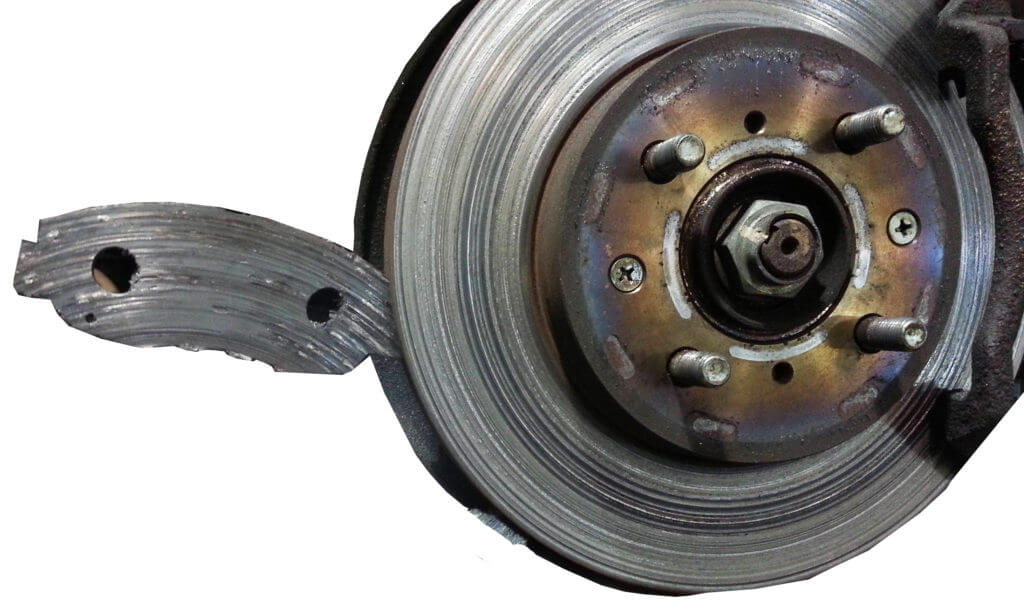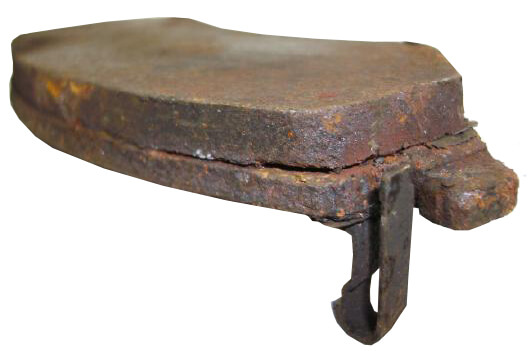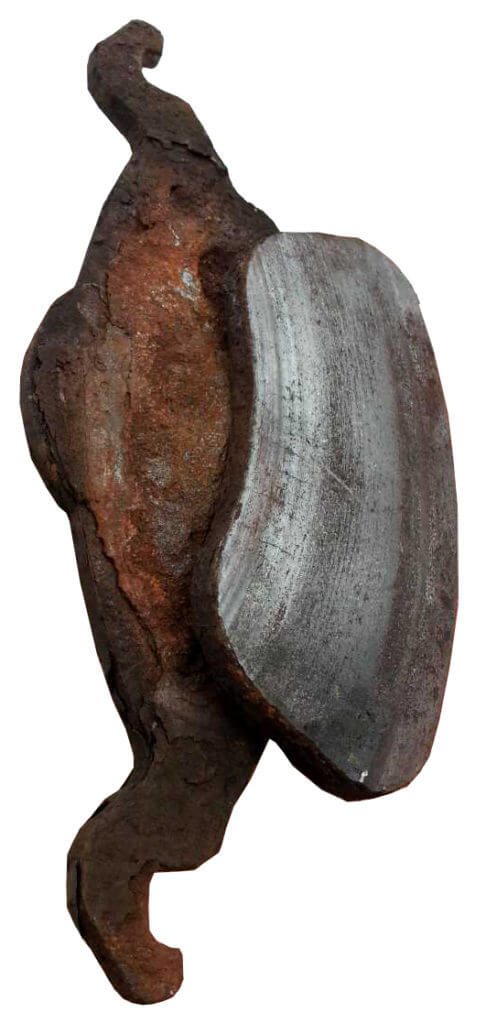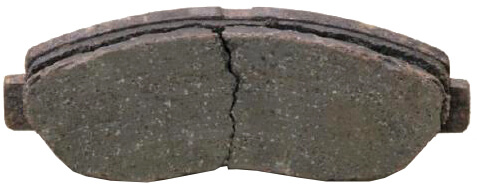Why brake pads fail
What causes brake pad failure?
The Global Brake Safety Council (GBSC) has conducted in-depth testing to determine the most frequent causes of brake pad failure. They gathered over 10,000 discarded brake pads from shops in Cleveland, OH, Houston, TX and Toronto, Ontario. They chose these locations to represent the effects of snow and road salt on brake pads.
There is SO much more to this topic. This post is just a primer on brake pads. For more information see these other in-depth posts.
Brake pad anatomy. See how brake pads are assembled
Brake pad quality levels. What’s the difference between economy and premium?
Brake pad backing plates—they’re even more important than the friction material
Brake pad backing plate types. Buying the right type can extend brake pad life.
Brake rotor quality—what’s the difference between economy and premium brake rotors?
Why brake pads fail. Yeah, there’s a reason you don’t get the expected life from brake pads.
The brake pads were sorted into five categories:
1) No apparent visible cause for replacement
2) Friction material was worn down to the backing plate
3) Brake pad exhibiting excessive rust
4) Friction material lifted away from the backing plate
5) Friction material had broken away from the backing plate
No visible cause for brake pad replacement
The shocking find was that 61.9% of the more than 10,000 brake pads showed no visible signs for replacement. Think about that, these pads had more than 50% friction material left and had no signs of friction material edge lift, delamination, missing or cracked friction material, or separation.
Why would a shop replace perfectly good brake pads? The study can only surmise, but in many cases, shops replace pads and rotors due to a noise complaint or a complaint of too much brake dust accumulating on the vehicle’s wheels.
Brake pad failure when friction material has worn down to the backing plate
Of the 10,000 brake pads, 6% were worn down to the metal backing plate and showed evidence of galling (metal to metal contact between the backing plate and rotor). These brake pads are evidence of owner neglect. In other words, the driver ignored all the early warning signs of impending brake failure and most likely ignored squealing noises coming from the brake pad wear indicators.

Brake pad worn off completely down to backing plate causing metal to metal contact
 Excessive rust on the brake pad backing plate and noise reduction shims
Excessive rust on the brake pad backing plate and noise reduction shims
Excessive rust appeared in 11.8% of the samples. The rust was severe enough to cause the corrosion on the brake pad abutments and rust jacking severe enough to de-bond the noise reduction shim from the backing plate. A low-quality “black steel” backing plate is the most common cause of this type of failure. Read more about black steel backing plates here.
The excessive rust and rust jacking results in early brake pad wear, drag, increased fuel consumption and noise.

Excessive rust-causing shim delamination
Brake pad edge lift
Brake pad edge lift occurred in 27% of the samples. The samples from Cleveland, OH showed a higher incidence of edge lift than other areas. This is most likely due to the greater use of road salt in that area.
Brake pad edge lift is caused by rust and rust jacking that destroys the friction to the backing plate bond and actually pushes the friction material away from the backing plate. This results in noise, vibration, roughness, loss of braking and lower vehicle stability, drag, and increase fuel consumption. Edge lift due to rust is caused by low-grade “black steel” backing plates.

Brake pad edge lift. Rust jacking causes the friction material to detach from the backing plate

Complete detachment of friction material from backing plate due to rust caused by low quality backing plate.
Broken friction material
Portions of the frictional material had broken off the backing plate in 6.3% of the sample. Loss of friction material results in loss of braking power and vehicle instability.

Broken friction material
Causes:
Edge lift,
Posted on by Rick Muscoplat